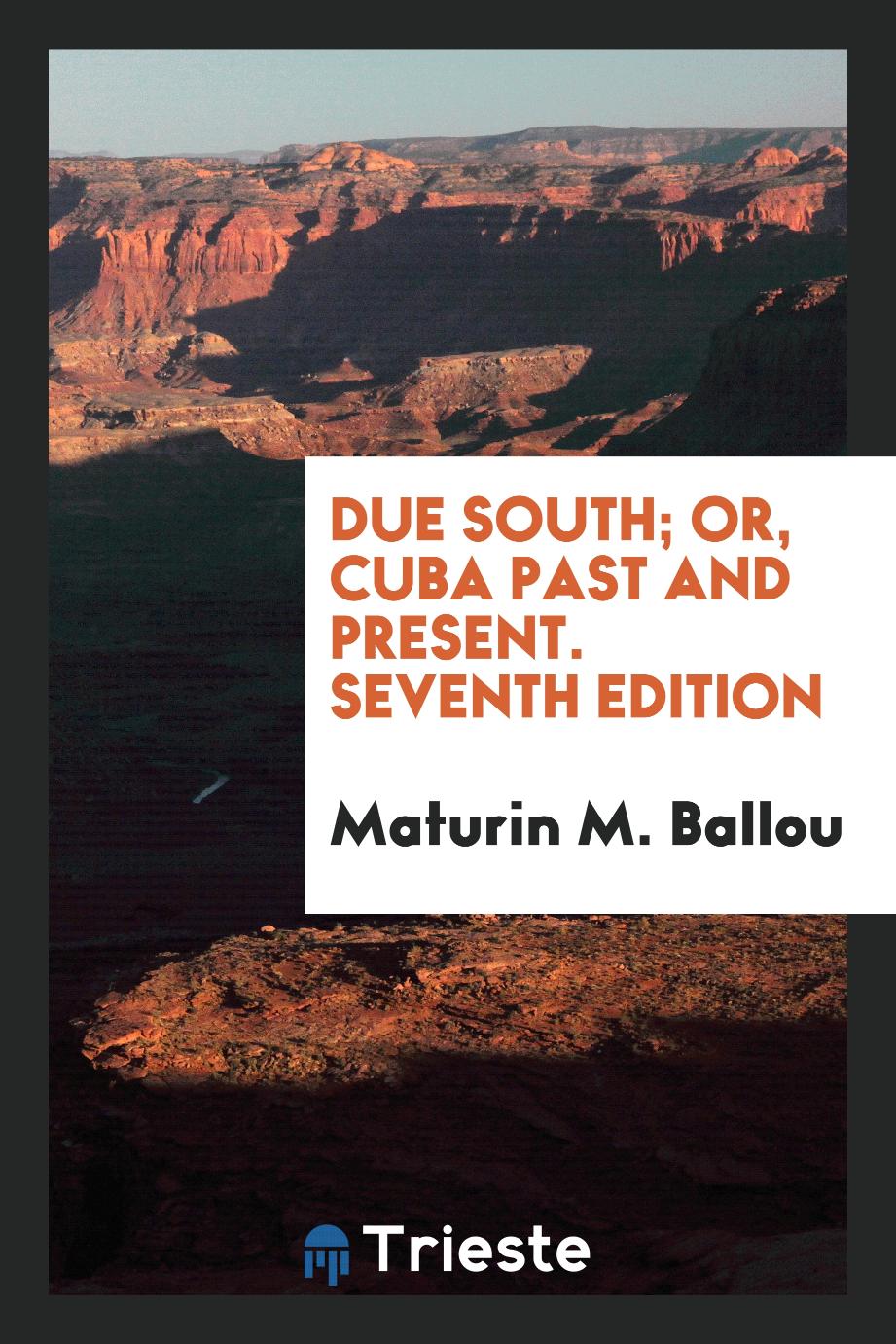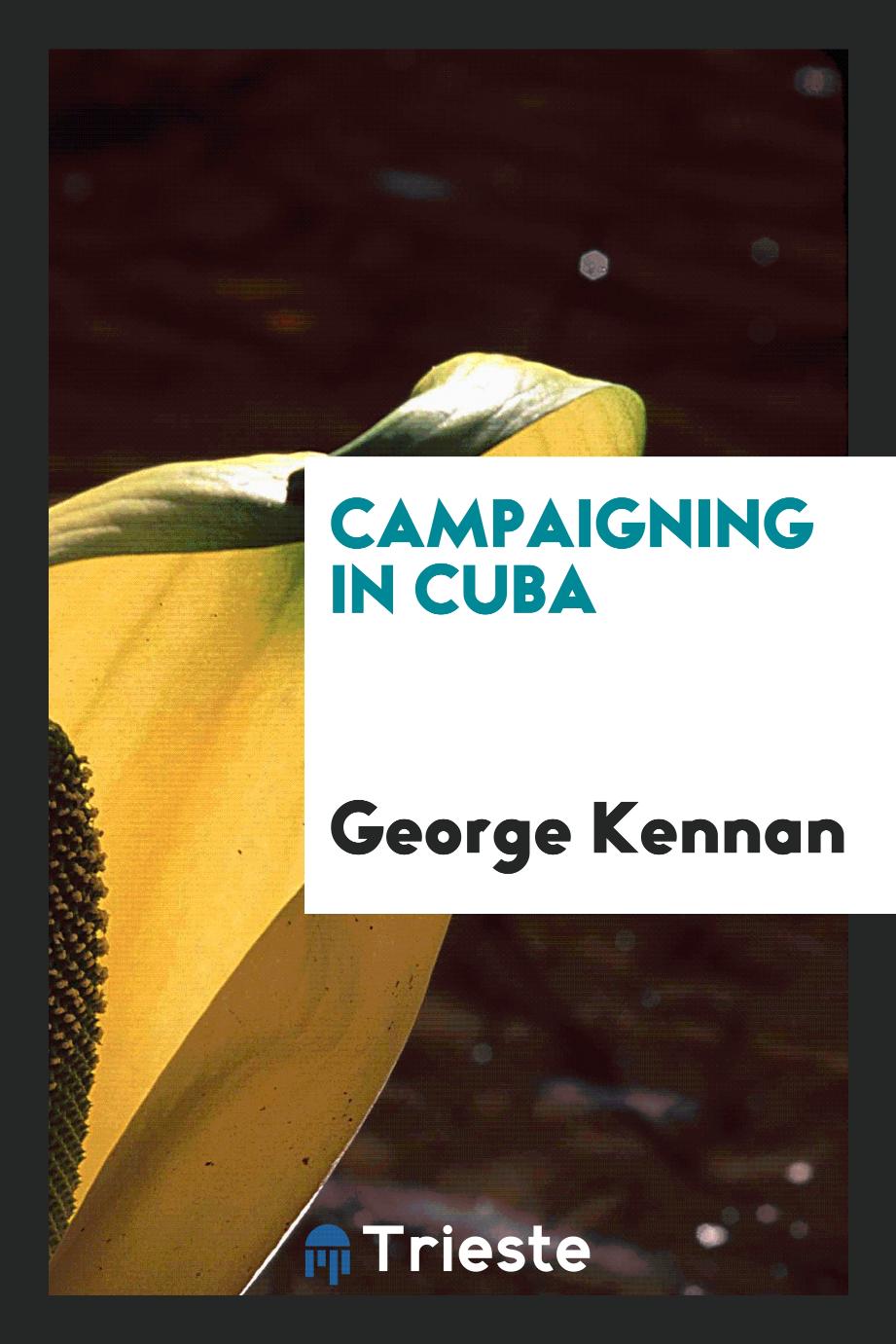Books
The history of Cuba is amazing, beautiful and tragic at the same time. This definition can be applied to any period of Cuban history.
According to archaeologists and scientists, for more than 4 thousand years until the end of the 15th century, the territory of Cuba was inhabited by Indian tribes that did not have their own state and developed economy. These tribes were engaged in hunting, fishing and gathering. In the 7-9 centuries, Indian tribes appeared in Cuba, descended from the Arawak Indians who inhabited the northern coast of South America. These tribes had social differentiation based on the division of labor.
The island of Cuba was the second destination Christopher Columbus sailed to on his famous voyage of 1492. He sailed, and immediately opened it for the Spanish crown, regardless of the local population (however, they soon became extinct without exception). Cuba was a Spanish colony for about 400 years, until the very end of the 19th century, when the US expelled the Spaniards during the Spanish-American War.
After gaining independence, the island began to develop ties with its American neighbors. Cuba became a place where US citizens could enjoy a fairly high level of civilization and a relaxed attitude towards the rule of law. For example, in the days of Prohibition, it was possible to go here on alcohol vacation. Prostitution flourished here, and casinos were in full swing.
Trieste Publishing offers its readers interesting books on the history of fascinating Cuba.

